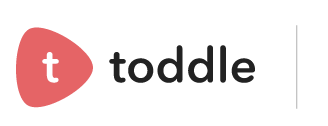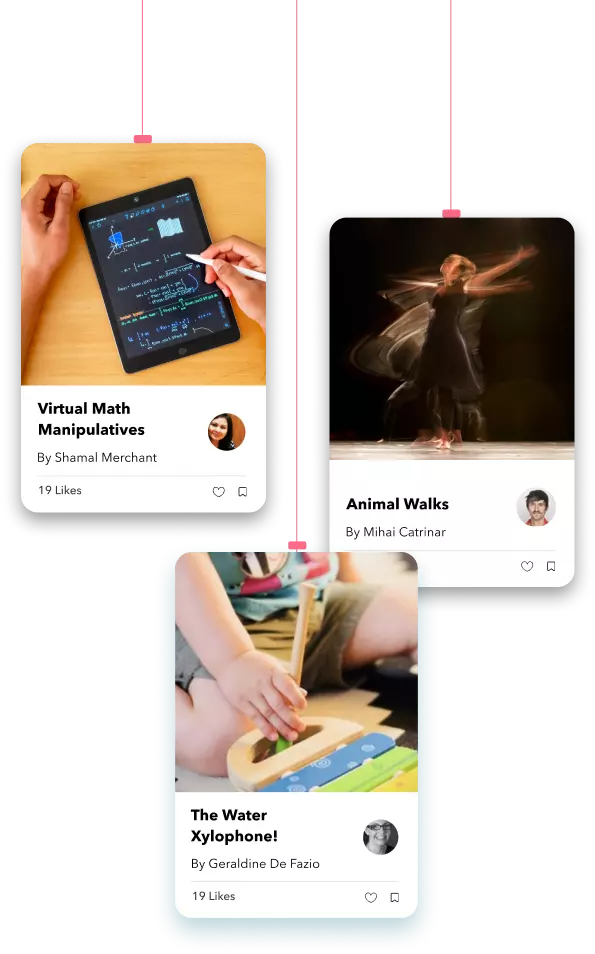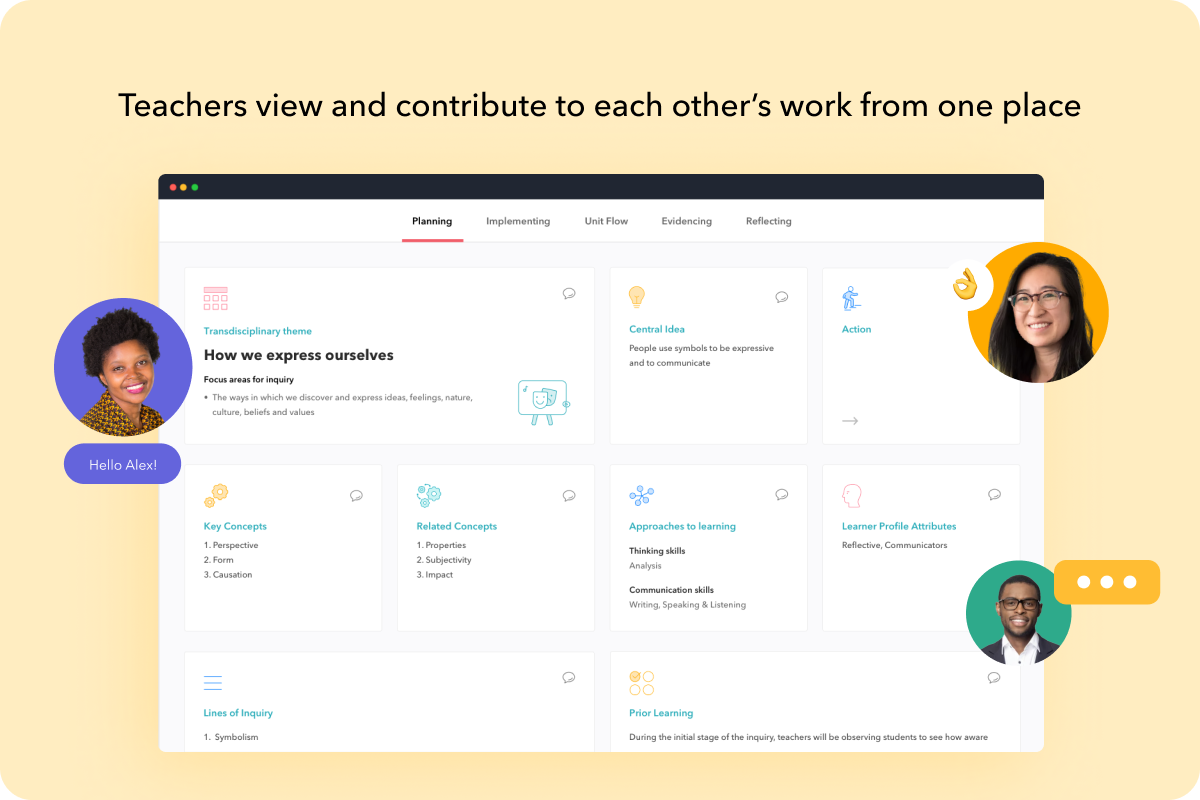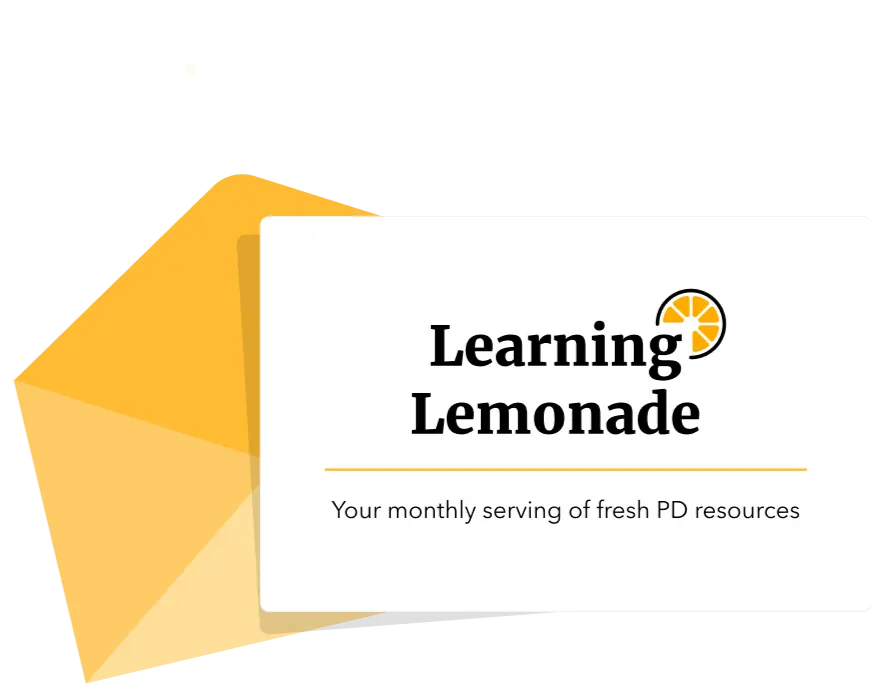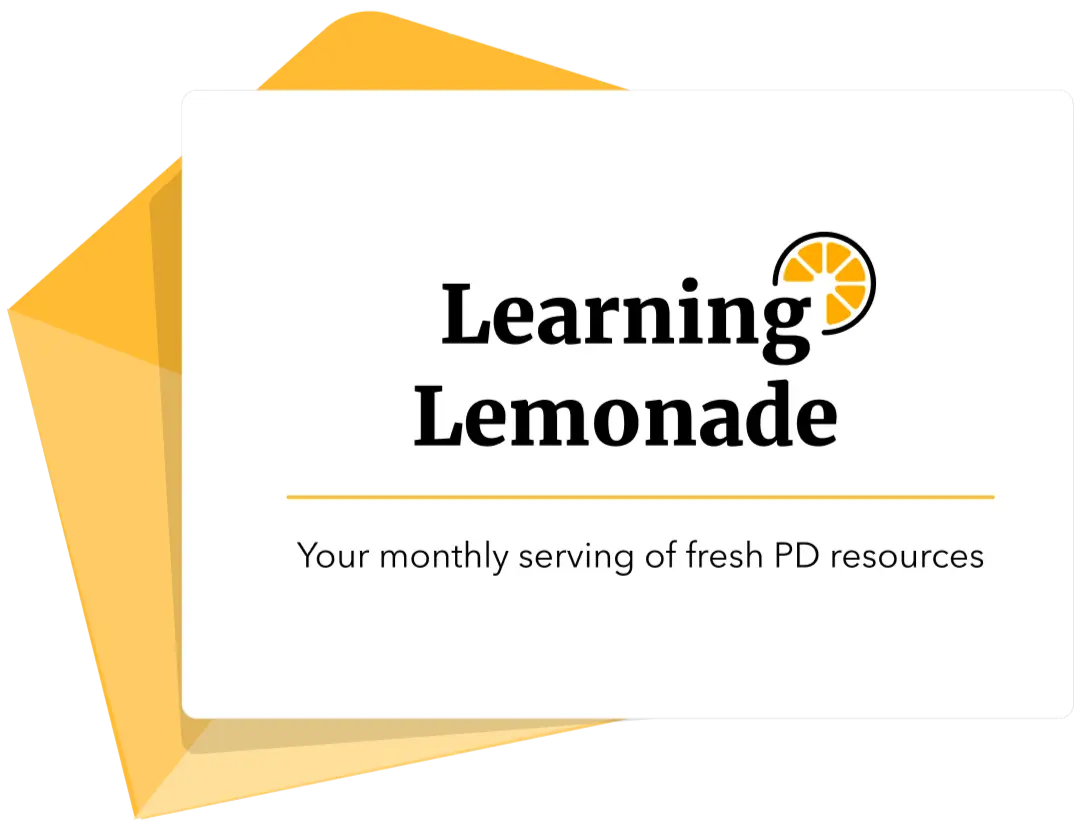Why 21st Century Schools Need a Strong Technology Platform
We see time and again that technology that doesn’t adapt to our changing needs is quick to be replaced. (Remember Orkut? MySpace?)
And yet, that’s not the case with schools. Even when technology has reshaped just about every aspect of teaching and learning, the majority of schools around the world still rely on makeshift collaboration tools and outdated platforms and apps for their day-to-day operations.
Case in point : 90% of educators today use some form of technology at school, but only 30% have moved away from generic solutions (read G-Suite, MS Teams) to more personalised teaching-learning platforms.
And what does that translate to? Educators spending more time, energy, and resources working around the limitations of technology rather than leveraging its strengths. Ever spent hours formatting a 10-minute lecture on Google Slides? Most of us have.
But things have started to change for the better. We’re now realising that such “stopgap” technology is in fact creating wider gaps between teaching and learning, and schools around the world are looking for comprehensive solutions for teaching and learning.
In this blog, we discuss the 7 impacts that a strong tech platform can have on your school community:
- Save big on two most important resources : time and money
- Ongoing professional development for your team
- Analytics on Teaching and Learning
- Personalised and engaging learning experiences for students
- Deeper collaboration and better visibility across the school
- Ongoing evidence collection and documentation
- Better accountability with families
1. Save big on two most important resources : time and money
Technology usually finds little room in a school’s budget, and that’s because we’re often unable to look beyond the many academic needs that seem so “direct” and “immediate”. The truth is, the right technology – by eliminating manual tasks, boosting productivity, standardising practices, and so on – can solve for the very academic needs that we’re trying to address.
When teachers spend less time at their keyboards, they’re spending more time planning for the kids, working towards delivering more creative learning opportunities. Using the right technology early on in their learning journeys helps students gain valuable 21st century skills like digital literacy, collaboration, and critical thinking. And when administrators use the right technology, they do away with data management troubles, subpar teaching practices, and even cut down on other administrative costs. Everyone wins. This ultimately means that teachers, students, and families are all happy with your school, and are more than happy to spread the word!
So the next time your school team sits down for a budget meeting, consider the fact that investing in technology means investing in your school’s academic growth and well-being, which ultimately leads to an increase in revenue for your school.
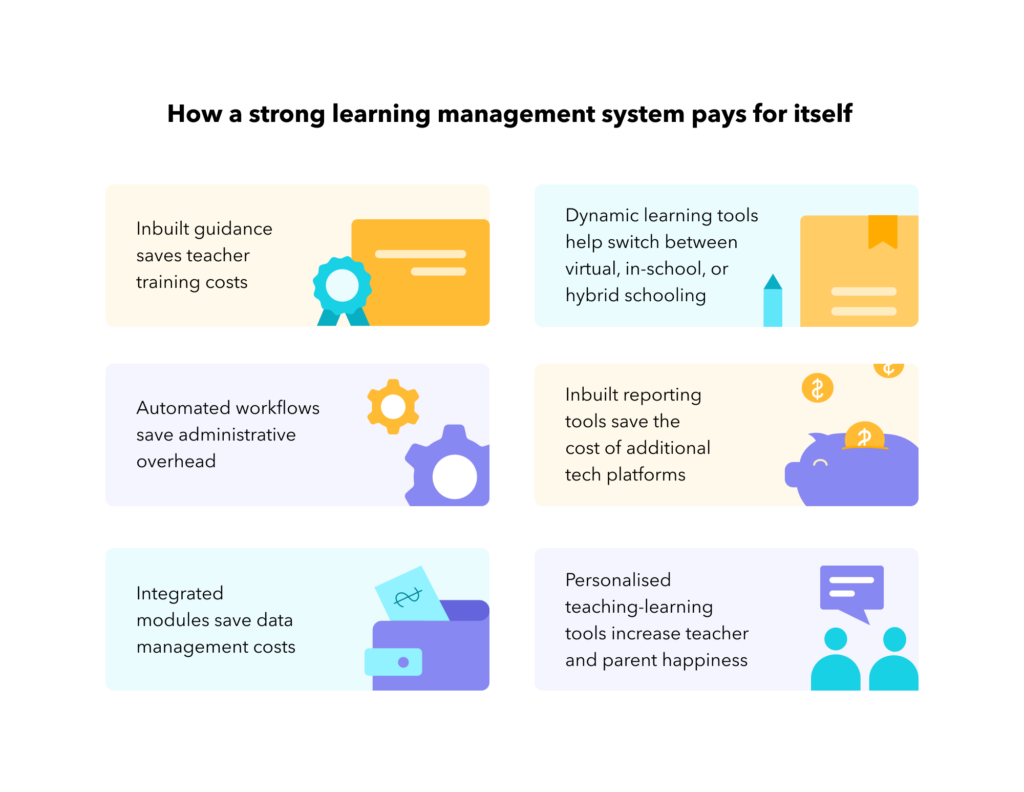
2. Ongoing professional development for your team
Investing in your teachers’ professional development is one of the most important steps towards growing your learning community. For most schools though, this only means putting together occasional in-person trainings or video conferences.
Truly effective professional development is one that’s on-going and includes opportunities for continuous practice, collaboration, and feedback. Here’s how a strong tech platform solves for these needs:
- Inbuilt guidance and resources: A dedicated teaching and learning platform provides ongoing guidance at every stage of teaching and learning. Your teachers will be able to leverage stepwise guidance as they plan units, use pre-built rubrics for assessments, access exemplars for creating progress reports, and much more.
- Collaborative teaching : While leadership teams do set up channels and processes to encourage continuous collaboration, it’s not often that teachers are able to take out time to walk the team through their units, learnings, and practices. Their attention, understandably, is more directed towards students. With a strong tech platform, your teachers can automatically organise planners in one place, view each other’s units easily, and exchange feedback and learnings from right within the planner, in a more contextual manner. This also saves the leadership team so much time in terms of teacher training and proper induction for new teachers.
- Connect to the wider community: What better way to learn than from fellow-teachers, right? Using a dedicated tech platform can be a way for you to connect with like-minded educators from around the world, and access the units, lessons, and resources that they build for their classrooms. In fact, 1 in 3 educators reveal that educator-generated content would be one of their top priorities when looking for an LMS. In our own experience, we’ve seen that Toddle Community – the space where thousands of PYP educators learn, share, connect, and collaborate – is one of our most loved features on Toddle.
3. Analytics on teaching and learning
Teaching and learning analytics can support data-driven decisions at various levels of school operations:
- Visibility for school leaders: Did you know that the average school leader spends at least 8 hours every week just tracking which learning standards and skills have been covered in which grades? That’s information a teaching-learning platform can give you in seconds! At just one glance, you can see analytics on which goal or skills you’ve not covered yet, solve for it in your next units, and build a more balanced curriculum, effortlessly.
- Personalised classrooms for teachers: While educators already do an incredible job at understanding their students’ needs through grade books and pure intuition, data from a tech platform can offer more accurate insights on each student’s progress, their skill development over time, the kind of content that works best for them, and how best to give feedback. This helps teachers personalise teaching and learning in the classroom.
- Closer view for families: As opposed to learning about their children’s progress through a letter/number, a tech platform can offer families visual evidence of their day-to-day progress (images, videos), accurate graphs of grade distribution across subjects and skills, and much more. With this level of insight, families are sure to identify the steps they need to take to support their children.
- Agency for students : When all these analytics are also made visible to students, they develop a better understanding of their own interests, learning styles and progress, and therefore are empowered to demonstrate their learning more effectively, even co-create lessons, and engage more actively with the learning process.
Hear as PYP coordinator, Mark Krabousanos, talks about how he had to turn a data manager to get curricular insights on Google. With Toddle, he now spends his time reflecting on planners, rather than updating them.
4. Personalised and engaging learning experiences for students
When we realised that the regular “chalk and talk” instruction was less effective, we moved to collaboration tools like Google and Microsoft to design and deliver lessons. And sure, it has worked fine for students so far, but at what cost? Teachers are still spending hours manually designing complex digital worksheets, multimodal lessons, interactive games…and just endlessly adapting to every new form of content that their students’ get introduced to.
Are we really being efficient when we personalise student learning at the expense of teacher productivity? The key lies in striking a balance between both, and that’s where a strong tech platform comes into play:
- Makes learning engaging and teaching effortless : A strong LMS helps teachers design engaging lessons by supporting audio/video conferencing, multimedia tools, gamification, and many such interactive teaching tools in one place. More importantly, the platform also automatically connects such lessons to your planners, portfolios, reports, and other aspects of teaching and learning. For instance, when you design an activity using the Toddle Workbook, you can add your students’ responses to their portfolios and progress reports at the click of a button.
- Supports differentiated teaching, at scale : By automatically collating data points on each student’s performance, a strong teaching and learning tool saves teachers the hassle of manually going through report cards and past assessments. Instead, teachers can get detailed insights about each student at the click of a button. This makes differentiation so much easier! Need to know whether a student prefers audio or video lessons? Sure! Need to share audio lessons with some students, and videos with others? You’ve got it.
5. Deeper collaboration and better visibility across the school
A school usually uses several different platforms including emails, audio/video conferencing, social media, and text messages for collaboration. This kind of manual multichannel communication is not only time consuming, but also tends to be error-prone and repetitive. (Remember the last time you almost added the wrong comment in a report card?)
A strong tech platform, by bringing teachers, students, and families in one place, helps you foster seamless communication across the school.
6. Ongoing evidence collection and documentation
Did you know that schools using the G-Suite manage over 500 folders of evidence (and ˜7,000+ documents) in their Drive? And understandably, teachers go back to these files only when there’s an absolute need – to share reports with families, or during authorisation/evaluation visits. (You can imagine how tiring that can get!)
With a tech platform that has an inbuilt evidence collection module – like Toddle – you can collect, organise, and review evidence on the go. As and when a student submits their work, you can add it as evidence and tag it to the relevant S&Ps. Go back to the module a couple of weeks later, and you’ll find all such evidences automatically organised based on standards and practices.
In addition to saving teachers time, effort, and the pre-evaluation hassle, this approach can help you use your evidence in so many more powerful ways!

7. Better accountability with families
From an administrative perspective, families are just as important for your school as your students. They are the decision makers. The ones likely to make recommendations for your school. Real time communication and well-documented policies – 2 inherent features of a strong tech platform – can give them the confidence that their children are in safe hands and that their academic and personal growth is being monitored and supported closely.
You can learn more about how Toddle bridges the gap between school and home here.
It’s evident that using the right tech platform can have a transformative impact on teaching and learning. As the eloquent George Couros puts it “Technology will never replace great teachers, but in the hands of great teachers, it’s transformational”. Although, a key challenge that schools face is finding technology that intuitively adapts to their school’s context and curriculum.
Since Toddle is built by educators, for educators, we’ve designed the platform to solve for the day-to-day challenges that educators face, and also provide custom solutions that meet the very specific needs for each curriculum.
Want to find out how we’ve customised Toddle for your curriculum? We’d love to hear from you at misbah@toddleapp.com.




